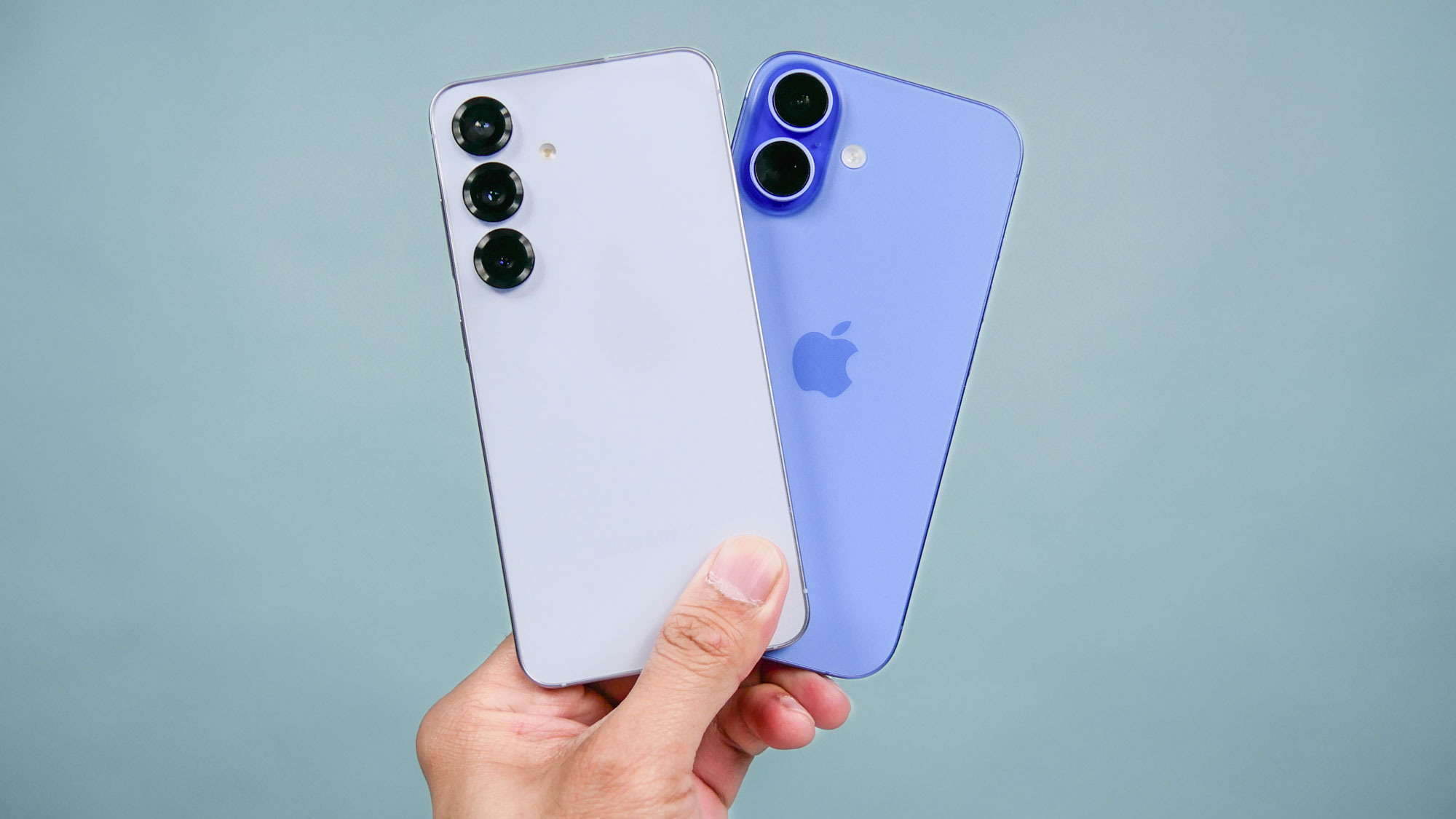Blog
Apple’s smartphone market share plummets as Samsung surges — here’s why

The rising demand for the best foldable phones is great for Samsung and not so great for Apple. Now, a new report shows Samsung is eating into Apple’s market lead in the U.S. after the iPhone maker saw a rare double-digit dip last quarter. In the second quarter of 2025, Apple’s market share in the U.S. fell from 56% to 49%, while Samsung’s share surged from 23% to 31%, according to data from Canalys.
That means Samsung managed to close the market share gap between it and Apple from 33% a year ago to 18% last quarter. Much of Samsung’s second-quarter improvement hinged on its more affordable Galaxy A series, like the Galaxy A36. That just goes to show that the race for the best cheap phones is heating up alongside rising prices. Samsung’s premium offerings, particularly the Galaxy Z Fold 7 and Z Flip 7 that debuted last month, have also gained plenty of traction on social media for their surprising durability and value.
Canalys credits Samsung’s record Q2 growth to its strategy of “smart volume,” a focus on offering a wider range of products at different price levels compared to Apple’s line-up. Samsung’s Galaxy and Z phone lineups start at $650 (for the Galaxy S24 FE) and go up to $2,400 (for the 1TB storage option Galaxy Z Fold 7).
“That is a massive span of devices,” Canalys analyst Runar Bjorhovde told NBC News. “There is an idea that you can target people at every single price point, and you can meet them at every spot.”
All eyes are on Apple’s fall product launch
Though the overall U.S. smartphone market barely grew during the same period, up to 27.1 million units compared to last year’s 26.7 million, Samsung enjoyed the strongest performance of any phonemaker. The company shipped 8.3 million units in Q2 2025, a 38% increase year over year. Apple, on the other hand, saw shipments fall by 11% to 13.3 million units, down from 14.9 million a year ago.
Apple still holds the crown for most smartphone sales in the U.S., but for the first time in over a decade, its position is beginning to look shaky on its home turf. The last time we saw Samsung seriously challenge Apple’s top spot was back in 2014, when the Korean smartphone manufacturer embraced big-screen phones and phablets while Apple was still dragging its feet.
Consumer preference isn’t the only thing fueling the market share shift, though. As Canalys notes, “Samsung’s performance in Q2 was boosted by frontloading of inventory into the U.S. amid tariff concerns,” one of several strategies smartphone makers used to minimize the impact of Trump’s tariffs.
If Apple wants to regain its standing in the U.S. market, it’ll have to pull out all the stops at its iPhone 17 event this September. This year promises a big shake-up for the iPhone lineup, with the Plus model expected to be replaced by the super-thin iPhone 17 Air.
The iPhone 17 Air is a direct competitor to the Galaxy S25 Edge, Samsung’s thinnest phone yet, but it may not be enough to change Apple’s fortunes. Counterpoint Research, a research firm that estimates smartphone sales, found Samsung only saw a “slight year-over-year boost” in sales after the S25 Edge was released in May. If consumers are as blasé about the Air as they were about the Edge, Apple’s going to be in trouble.
Follow Tom’s Guide on Google News to get our up-to-date news, how-tos, and reviews in your feeds. Make sure to click the Follow button.
More from Tom’s Guide
Back to Mobile Cell Phones












